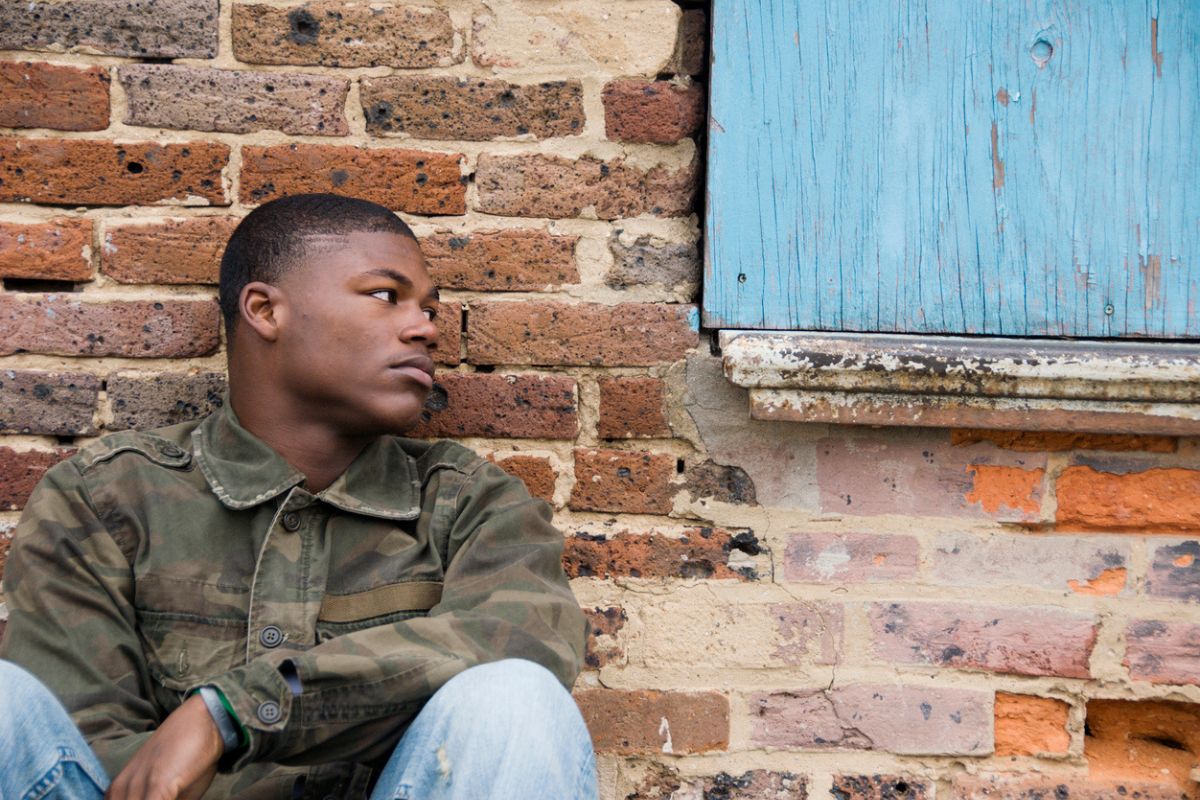America’s teens are feeling better mentally. But they still struggle with the hopelessness that’s haunted them since the pandemic.
That’s the short version of the U.S. Centers for Disease Control and Prevention’s latest Youth Risk Survey.
The data, which the CDC released earlier this week, points to some advances, including a lower percentage of kids who feel persistently sad. But it also exposes an alarming rise in the number of teens who face violence at school. A growing number of teens say they would rather skip class altogether than risk their safety, which explains a steady increase in student absenteeism.
This latest edition of the agency’s biannual report offers “the most recent surveillance data, as well as 10-year trends and 2-year changes in health behaviors and experiences of high school students in the United States. The report focuses on adolescents’ sexual behavior, substance use, experiences of violence, mental health, and suicidal thoughts and behaviors. It also includes data on topics, such as social media use and reported experiences of racism in school.”
The CDC pulled the 2021 data from when COVID interrupted classroom instruction across the country. The report also presents a decade of data trends by sex, race and ethnicity, and sexual and gender identity.
“One of our main priorities at CDC is improving Americans’ mental health,” the CDC’s chief medical officer Debra Houry, MD, MPH, said in a press release. “The data released today show improvements to a number of metrics that measure young people’s mental well-being – progress we can build on. However, this work is far from complete. Every child should feel safe and supported, and CDC will continue its work to turn this data into action until we reach that goal.”
The Good News
The agency reported several crucial improvements in youth mental health between 2021 and 202, such as:
- A drop in the percentage of students who experienced persistent feelings of sadness or hopelessness – from 42 percent to 40 percent.
- A dip in the percentage of girls who wrestled with persistent feelings of sadness or hopelessness – from 57 percent to 53 percent – and who seriously contemplated suicide – from 30 percent to 27 percent.
- Declines in the percentage of Hispanic students who felt persistently sad or hopeless – from 46 percent to 42 percent, who experienced poor mental health – from 30 percent to 26 percent, who seriously thought about suicide – from 22 percent to 18 percent – and who drafted a suicide plan – 19 percent to 16 percent.
- And decreases in the percentage of Black students who attempted suicide – from 14 percent to 10 percent – and who injured themselves in a suicide attempt – from 4 percent to 2 percent.
The Bad News
Despite these encouraging indicators, there is also a growing number of students who’ve reported violence or safety concerns either at school or on their way there. For example, the CDC found:
- A jump in the percentage of teens who said they were threatened or injured with a weapon at school – up from 7 percent to 9 percent.
- A rise in the percentage of students who faced a bully at school – up from 15 percent to 19 percent.
- Growth in the percentage of students who missed school because of safety concerns at school or during their commute – up from 9 percent to 13 percent.
The report also calls out notable health disparities, particularly among girls and LGBTQ high school students. Overall, they reported higher rates of violence, mental health issues, and suicidal thoughts and behaviors than their counterparts. In 2023, nearly three in 10 LGBTQ students said they’d been bullied at school. Worse, 20 percent of them tried to kill themselves.
“These data show that we’ve made some progress in tackling these issues in recent years, which proves that they are not insurmountable,” CDC Division of Adolescent and School Health Director Kathleen Ethier, Ph.D, added. “However, there’s still much work ahead.”
Further Reading
Treatment of LGBTQ Patients Hardly a Point of Pride



